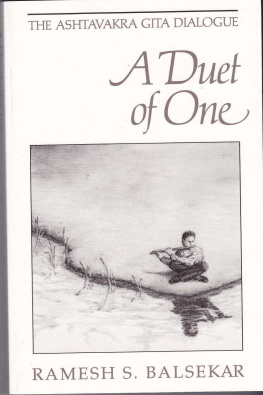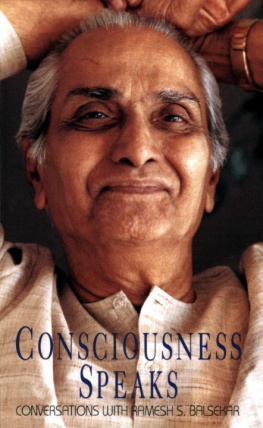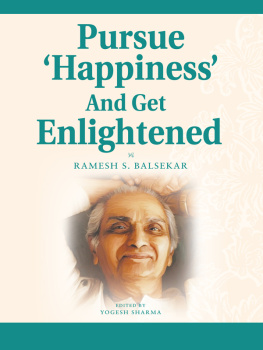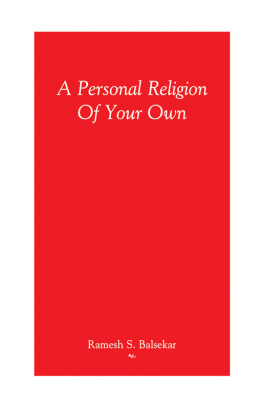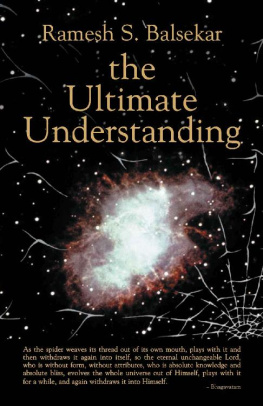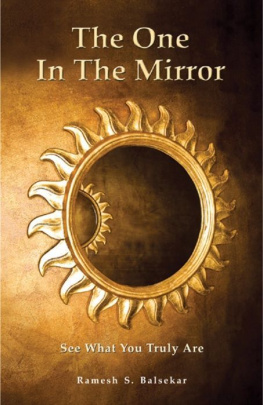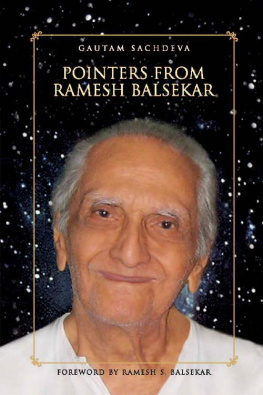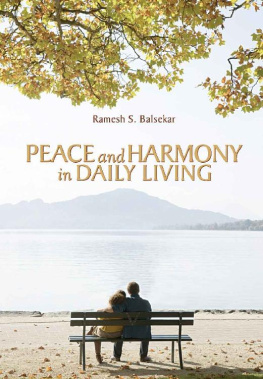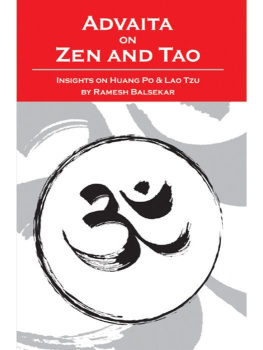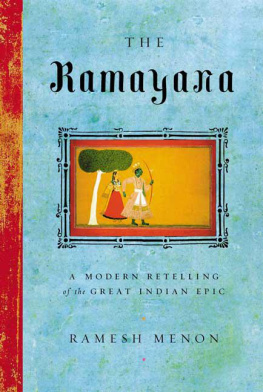A clearly seen feature of Eastern scriptures is the recurring repetition of the basic Truth in its different aspects, detailed in different words and with different illustrations and examples. The intention is to give a reasonable chance to the disciple with the least intelligence.
In the Ashtavakra Gita also, a considerable amount of repetition is found. One specific advantage of such repetition is that for some mysterious reason, a certain statement will have a sudden impact on a particular person at a particular moment, even though that statement may have been repeated several times earlier. And even for those who have already understood something very clearly, a particular statement made in a particular context often brings out a subtle aspect which had earlier escaped their attention. It is therefore important not to take a repetition lightly as a mere repetition. It is important to remember that when the guru makes a statement, it comes out of his lips spontaneously at that kshana or split-second. For him it is not a repetition, and therefore it has a certain special significance in regard to a particular context or circumstance. It is important to listen to every statement of the guru as a fresh lesson, and not to ignore it as a mere repetition. Even good music is listened to over and over again, and great sensual pleasure is derived from such music. How much more important it must be to listen to the Truth from the gurus lips over and over again even though it is the same Truth!
Indeed, life itself is a rotating repetition. Day in and day out, year in and year out, there is repetition: morning, noon, evening and night; summer, autumn, winter and spring. But each has its own aspects which are rarely similar in every respect to the earlier ones.
Chapter One
There is an ancient treatise in Sanskritsome scholars consider it older than the Bhagavad Gita called Ashtavakra Gita which consists of a dialogue between the sage Ashtavakra and his disciple King Janaka. This dialogue provides an extraordinary instance of the divine element in the relationship between a Self-realized guru and a superbly ripe disciple, i.e. one who is just waiting for that one quick spark of initiation into Truth that brings about sudden enlightenment. The Ashtavakra Gita at the same time provides an astonishingly direct, positive and unequivocal exegesis of the doctrine of non-duality, perhaps the best that has ever been done.
The Ashtavakra Gita is not nearly so well known as the Bhagavad Gita for the very reason that it is so specifically clear and unambiguous that it does not lend itself to the twists and turns required by commentators to justify their own philosophical pre-possessions or spiritual leanings. It contains superbly authoritative statements and clear assertions, so obviously based on intuitive experience and conviction as to deny and utterly negate any effort at exegetic ingenuity or intellectual acrobatics. It is a comparatively small treatise, compact and well-knit, containing about 300 verses of two lines, conveying the Truth, the whole Truth, and nothing but the Truth.
The sage Ashtavakra was so called because he had eight curves or deformities in his body. There are differing accounts concerning the deformities. One legend has it that when Ashtavakra was in his mothers womb, his father used to recite the Vedas every day, and Ashtavakra used to hear them so recited. The father, though a devout and pious man, was not a very scholarly man and thus used to commit a number of mistakes in reciting the Vedas ; and Ashtavakra, already highly mature spiritually, could not bear to hear the Vedas so badly recited with the result that he could not help squirming in his mothers womb and thereby becoming deformed in eight places.
There is another legend in the Mahabharata that Ashtavakras father named, Kahor, used to recite the Vedas to his wife Sujata when their child was in Sujatas womb. The child, one day, suddenly cried out Through your grace, my dear father, I have learnt all the Vedas , but it is a pity that you commit several mistakes in your pronunciation. Kahor, a great scholar (according to this version) and renowned for his learning, could not bear this insult from his unborn child, and cursed him that he would be born with eight curves in his body, and thus was born Ashtavakra, eight-curved.
The story continues that Ashtavakras father, Kahor, went to the court of King Janaka in order to obtain some favor, and was asked to debate on spiritual matters with the court scholar named Vandin who was the son of King Varuna. Kahor was defeated and as a result was banished to the netherworld as a priest at a sacrifice being performed by Varuna. When Ashtavakra was twelve years old, he heard of his fathers plight and went to the court of King Janaka in order to participate in a general debate where the most renowned scholars were invited. Ashtavakra found it difficult to get entrance into the court, but finally managed to do so. When the assembly saw Ashtavakra waddling into the court, all the assembled scholars began to laugh, even the kindly and pious King Janaka could not suppress a smile, but his amusement turned into astonishment when he saw that young Ashtavakra was laughing as loudly as anyone else. The king turned to the little deformed character and said to him, Young man, I can understand why the others are laughing, but I cannot understand the cause of your laughter. Ashtavakra suddenly became serious and told the king that he was laughing because he could not understand how the king could expect to find Truth in an assembly of cobblers. Now the king was angry, and gravely asked Ashtavakra to explain himself. The young lad answered equally gravely, It is simple, your Majesty. All these honored guests are no better than cobblers because they cannot see beyond the skin. They cannot see the Presence within the physical body. If the earthen pot is broken, does the space within get broken? If the pot is misshapen, does the space within get misshapen? My body may be deformed but I am infinite and limitless. The king, already highly advanced spiritually, knew at once that Ashtavakra was a completely Self-realized soul, and the very next day, at his request, he was accepted by Ashtavakra as a disciple.

